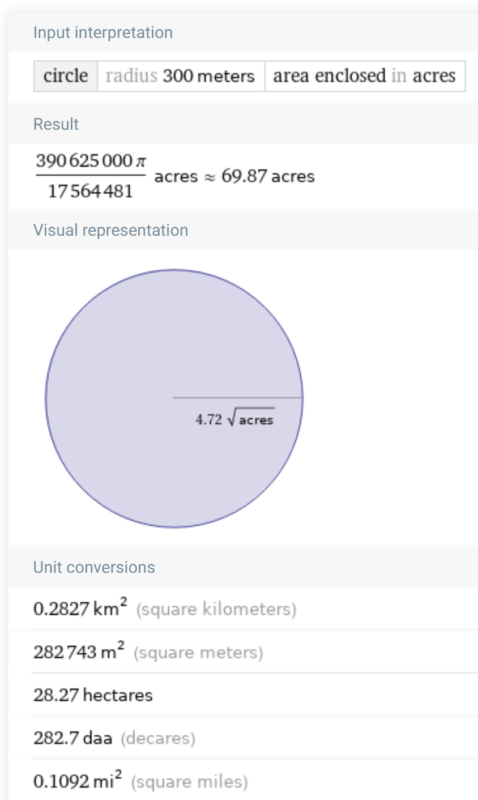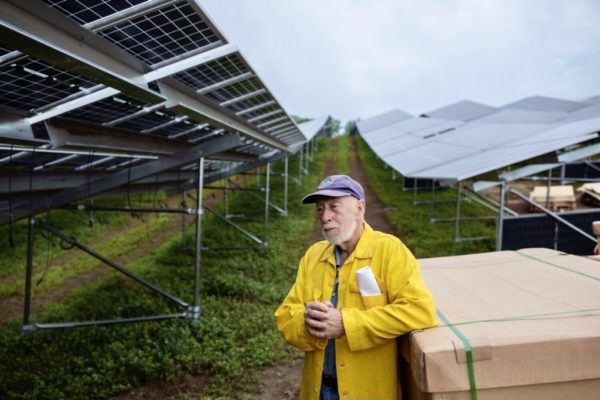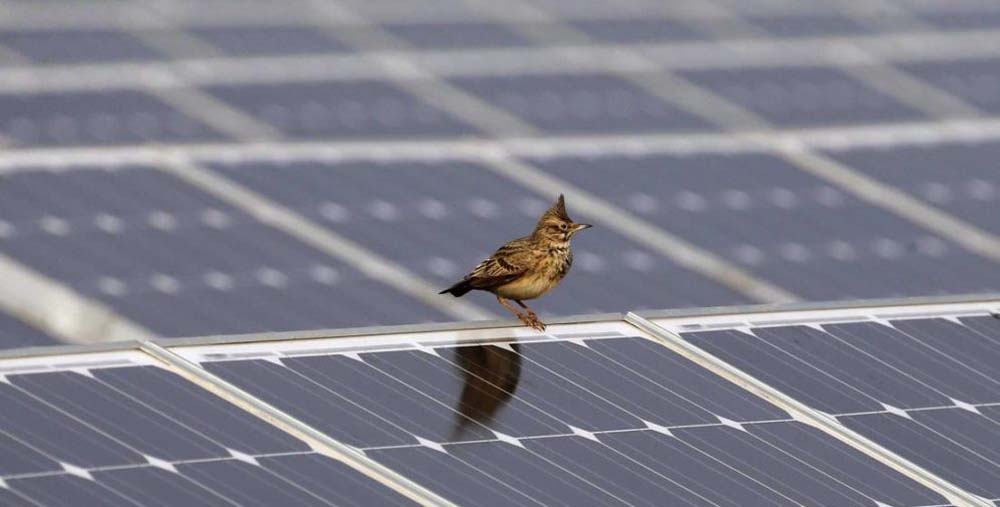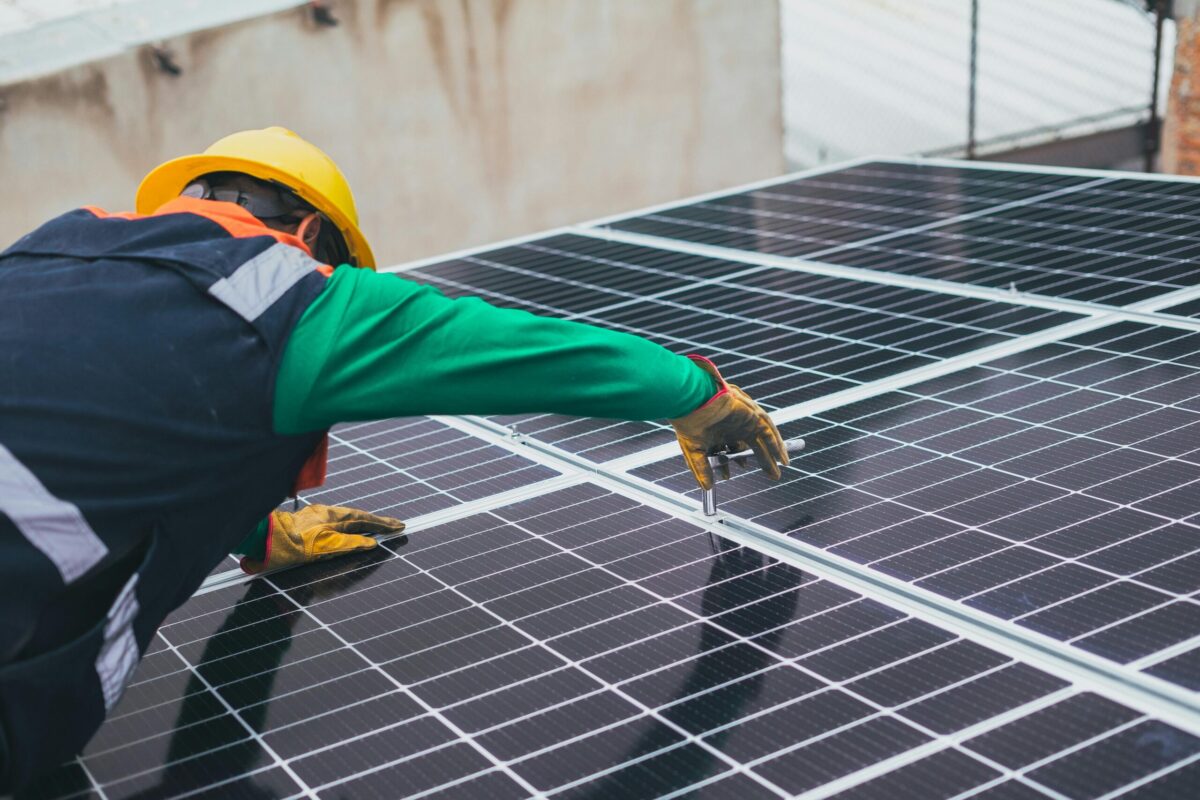Bird Control Group sells an autonomous laser deterrent that has been shown to reduce specific bird populations in sensitive areas by more than 99%. The company is confident enough to guarantee at least 70% fewer birds! The company is currently developing a machine learning algorithm that will further increase the laser system’s effectiveness.
The lasers are class 3B, with an output power of 5 and 499 milliWatts. Class 3B can be hazardous for the human eye when exposed directly and for an extended period. Bird Control Group states that their deterrent products have an expanded beam, which ensures that only a small percentage of the laser’s potential can enter the eye.
The unit can plug into standard 240 volt electricity, or run on its own 24V solar + battery standalone system. The beams are green because birds perceive green lasers best, and they have an effective distance of 300 to 600 meters in full sun. At night, the lasers can be effective as far as 1.5 miles away.

The coverage area was larger than we expected, so in order to confirm the area that a unit could potentially cover with the laser, we consulted Wolfram Alpha’s math engine to double check our πr2 results.
“What is the area of a circle with a 300 meter radius?” – Wolfram’s answer is 69.87 acres. This suggests that a single unit placed in the middle of a 6.5MWdc community solar facility could relocate a daytime bird population.

Here in New England, gulls can be a nuisance, as they are known to drop quahogs onto solar panels. And even when they’re not directly damaging panels, the birds’ droppings can be a nuisance – covering panels, roofs, and cars in droppings and clogging drains. A laser installed on a roof in the Netherlands in 2014 showed a 90% reduction in seagull activity, a figure that ought to raise a few eyebrows among solar developers and owners of larger solar power facilities near oceans and lakes.
For crop protection, most bird problems were addressed at dawn and at dusk, when birds were actively feeding. The reduced sunlight at these times also helps the laser work more efficiently.
In their online videos, the company notes that a standalone unit costs around $20,000 with the 24-volt solar panels, battery, controller, and wiring. Alternative bird control devices rely on noise, like propane cannons or bird squawkers. These devices are cheaper, (a professional squawker is around $1,600), but your neighbors won’t appreciate the noise, and after a while most birds learn to ignore them anyway.
Another excellent use for these devices is to limit the spread of avian influenza from wild to farmed populations on free-range poultry farms. When lasers were tested on such farms during the day and night, the university team found a decrease of 99.7% in wild ducks visiting the area. Other wild birds decreased their visits by greater than 96%.

When the laser was turned off, wild geese returned to the surrounding grass pastures.
For farmers and solar developers seeking to integrate agrivoltaics, and may be concerned with damage and contamination from bird feeding and droppings – the unit has already been proven effective across several agricultural scenarios. Berries, grapes, sunflowers, sweetcorn, and many other farmed products are delicacies for local bird populations. Despite the temptation, birds at these sites were well deterred by the lasers.

One sweetcorn farmer said that he believes his system paid for itself in the first year, by decreasing his sweetcorn losses 70%.
The Frankfurt Airport is using the handheld, manual version of the laser. The airport is surrounded by forests and grassland that birds love. They have extensive experience dealing with birds, and are of course conscious of the hazards lasers present to pilot’s eyes when operating aircraft. Wildlife Control Coordinator Jürgen J. Ebert explains that the device’s patented Horizon Safety System, “makes it easier for authorities to permit the use of [the] laser at airports.” Prior to using the Aerolaser, the airport used pyrotechnics, shotguns, and loudspeakers. The best results were found among birds that tend to sit on the ground more.
The company now believes its product will fit in well with the solar industry, especially as the market shifts toward agrivoltaic systems.
This content is protected by copyright and may not be reused. If you want to cooperate with us and would like to reuse some of our content, please contact: editors@pv-magazine.com.








By submitting this form you agree to pv magazine using your data for the purposes of publishing your comment.
Your personal data will only be disclosed or otherwise transmitted to third parties for the purposes of spam filtering or if this is necessary for technical maintenance of the website. Any other transfer to third parties will not take place unless this is justified on the basis of applicable data protection regulations or if pv magazine is legally obliged to do so.
You may revoke this consent at any time with effect for the future, in which case your personal data will be deleted immediately. Otherwise, your data will be deleted if pv magazine has processed your request or the purpose of data storage is fulfilled.
Further information on data privacy can be found in our Data Protection Policy.